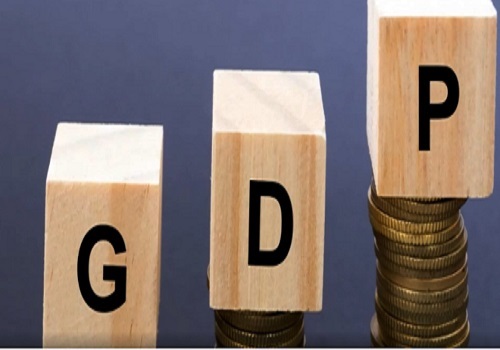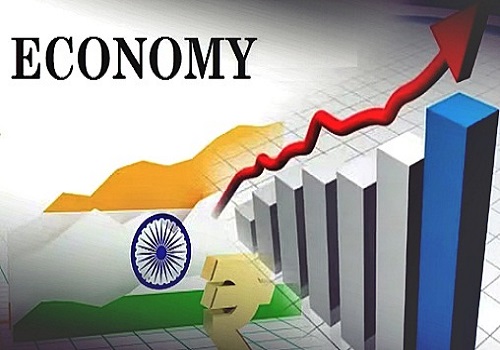China`s 2025 Growth Faces Tariff Risks Amid Economic Challenges by Amit Gupta, Kedia Advisory

China's 2025 economic growth outlook appears challenging as Bank of America (BofA) forecasts GDP growth to decelerate to 4.5%, down from 4.8% in 2024. Key concerns include weak domestic demand, property sector struggles, and escalating trade tensions with the U.S. Potential U.S. tariff hikes could sharply impact Chinese exports, forcing policymakers to intensify fiscal and monetary easing. While upside risks include stronger stimulus and emerging market demand, deflationary pressures and investor caution persist. BofA warns that even aggressive measures might not fully offset these external and domestic challenges, potentially slowing growth to 3.9% in a worst-case scenario.
Key Highlights
* BofA lowers China’s 2025 GDP growth forecast to 4.5%.
* Weak domestic demand and property market struggles weigh on growth.
* U.S. tariff hikes could push GDP growth down to 3.9%.
* China signals aggressive fiscal and monetary easing measures.
* Emerging market demand may offer some upside to recovery.
China’s economic growth trajectory remains under pressure as Bank of America (BofA) forecasts GDP growth of 4.5% in 2025, a drop from 4.8% in 2024. The country's ambitious 5% target under its 14th Five-Year Plan now seems increasingly difficult to achieve. Potential tariff hikes by the U.S. pose a significant risk, with BofA’s worst-case scenario projecting growth to decline to 3.9%. Weak domestic demand, coupled with a faltering property market, further exacerbates concerns over the nation’s economic stability.
The property sector, a critical growth driver, remains under strain despite recent fiscal and monetary easing measures. Since late September, China has introduced policies to stabilize this sector, signaling a pivot toward aggressive economic stimulus. However, these steps may struggle to fully mitigate the effects of escalating U.S.-China trade tensions. BofA anticipates U.S. tariffs on Chinese goods to rise significantly, dampening export performance and curbing economic momentum.
Chinese policymakers are likely to widen the fiscal deficit and deploy targeted monetary tools in response to trade shocks. Measures could include increased bank capital injections and further interest rate cuts. On the global front, emerging markets may provide a silver lining, with stronger demand potentially offsetting some export losses. Nevertheless, the specter of deeper global trade disruptions remains a key downside risk.
Finally
China’s growth in 2025 hinges on balancing domestic stimulus and mitigating external risks. Policymakers must navigate challenges carefully, especially as trade tensions escalate.
Above views are of the author and not of the website kindly read disclaimer










More News

Bangladesh Pledges Duty-Free U.S. Cotton Imports Amid Tariff Strain, Posing New Challenge fo...













